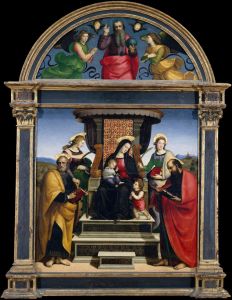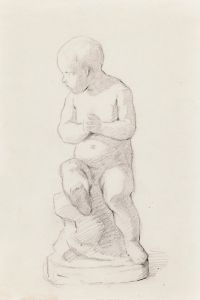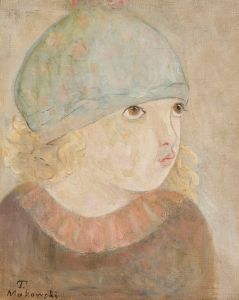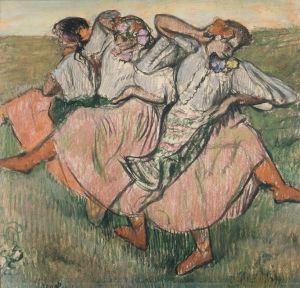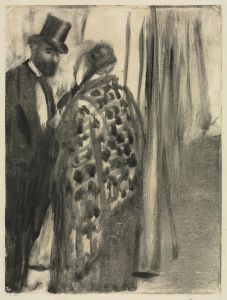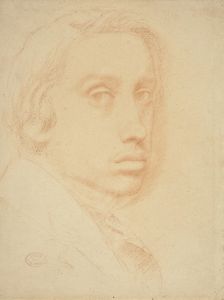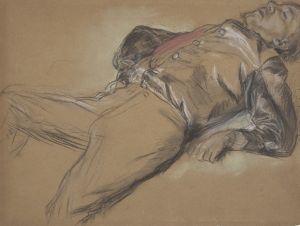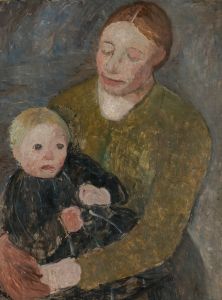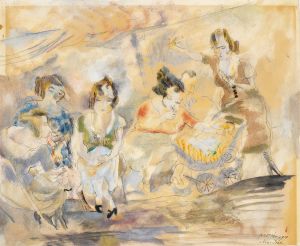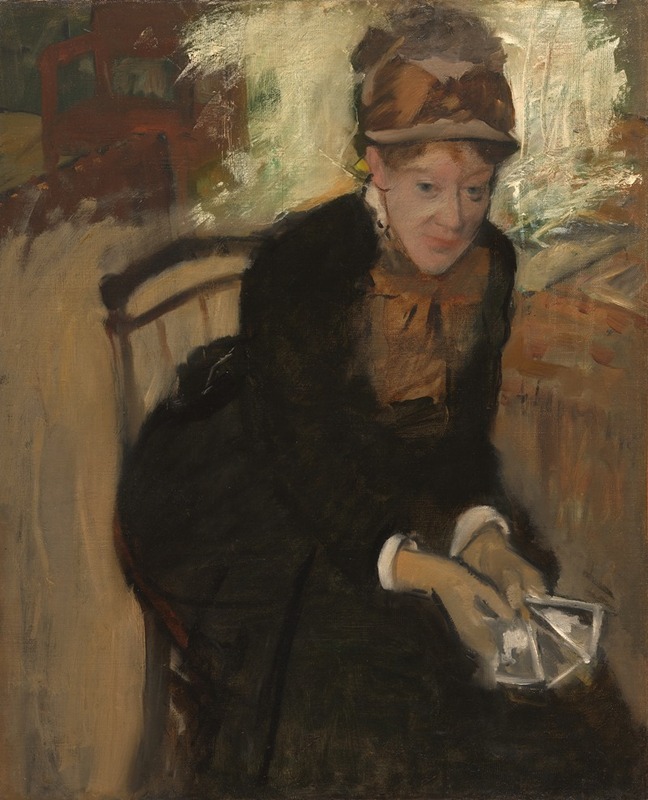
Mary Cassatt
A hand-painted replica of Edgar Degas’s masterpiece Mary Cassatt, meticulously crafted by professional artists to capture the true essence of the original. Each piece is created with museum-quality canvas and rare mineral pigments, carefully painted by experienced artists with delicate brushstrokes and rich, layered colors to perfectly recreate the texture of the original artwork. Unlike machine-printed reproductions, this hand-painted version brings the painting to life, infused with the artist’s emotions and skill in every stroke. Whether for personal collection or home decoration, it instantly elevates the artistic atmosphere of any space.
Edgar Degas, a prominent French artist associated with the Impressionist movement, created the pastel portrait "Mary Cassatt" around 1880-1884. This artwork is a significant representation of the friendship and mutual respect between Degas and Mary Cassatt, an American painter and printmaker who was also a key figure in the Impressionist movement.
Degas and Cassatt met in 1877, and their relationship was one of both professional collaboration and personal camaraderie. They shared a deep appreciation for each other's work and often exchanged ideas and techniques. Degas, known for his mastery of depicting movement and his innovative compositions, found in Cassatt a kindred spirit who was equally committed to exploring modern life and the nuances of human expression.
The portrait "Mary Cassatt" by Degas is executed in pastel, a medium that Degas favored for its ability to convey texture and color with immediacy and vibrancy. In this work, Degas captures Cassatt in a moment of introspection, highlighting her thoughtful demeanor and strong presence. The use of pastel allows for a softness in the depiction, with delicate layers of color that bring out the subtleties of Cassatt's features and the texture of her clothing.
Degas's portrayal of Cassatt is notable for its intimacy and respect. Unlike many of his other works that focus on movement and the dynamics of urban life, this portrait is more restrained and contemplative. It reflects the personal connection between the two artists and Degas's admiration for Cassatt's talent and intellect. The composition is simple yet effective, focusing on Cassatt's face and upper body, with a neutral background that emphasizes her presence.
Mary Cassatt herself was an accomplished artist, known for her depictions of women and children in domestic settings. Her work often explored themes of motherhood and the private lives of women, rendered with a keen eye for detail and a sensitivity to the emotional depth of her subjects. Cassatt's involvement with the Impressionists was significant, as she was one of the few American artists to exhibit with the group in Paris. Her contributions helped to shape the movement and expand its reach beyond France.
The portrait of Mary Cassatt by Edgar Degas is housed in the National Portrait Gallery in Washington, D.C. It remains an important piece in understanding the relationship between these two influential artists and the broader context of the Impressionist movement. The artwork not only highlights Degas's skill as a portraitist but also serves as a testament to the collaborative spirit and mutual influence that characterized the Impressionist circle.
In summary, "Mary Cassatt" by Edgar Degas is a pastel portrait that captures the essence of Cassatt's character and the depth of her friendship with Degas. It stands as a significant work within the Impressionist canon, reflecting the artistic exchange and personal bonds that fueled the creativity of this pivotal period in art history.





